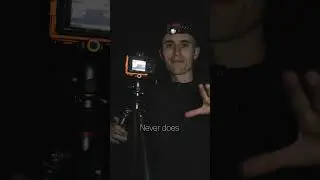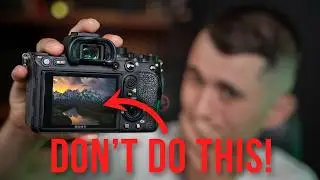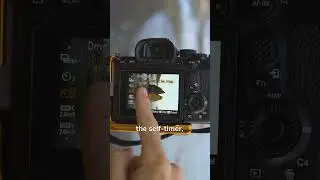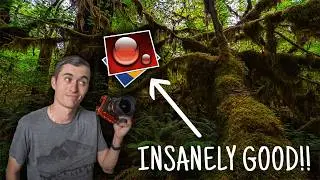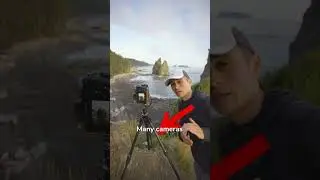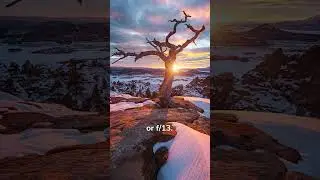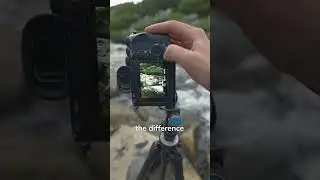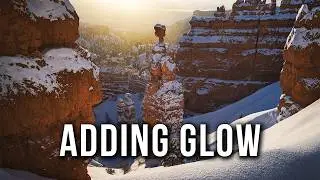Turn these settings OFF for astrophotography...
These settings will be on by default, so make sure you turn them off!
While it sounds great to have in-camera noise reduction for those high-ISO night sky images, you should actually turn both High-ISO Noise Reduction and Long Exposure Noise Reduction off.
These settings work by automatically taking another image after your image is shot, blocking all light from the sensor. Then, the camera overlays this dark frame with the light frame, ultimately removing noise from your image. Unfortunately, it doesn't work as well as it may sound.
These settings have numerous drawbacks. First, noise reduction frequently removes your stars, as the camera's processor can confuse stars with noise. Next, all of your exposures will now take twice as long. This means you'll spend a lot more time capturing each exposure, which can add up quickly after dark. Finally, noise reduction increases the sensor's activity, heating up the sensor, which can cause additional noise in your images.
My recommendation is to always leave these settings off. If you want to apply noise reduction in post-processing, you can easily do so in most photo editors, and there are even numerous noise-reduction software on the market specifically tailored to target images with heavy noise.
#betterphotography #improvephotography #landscapephotography #photography_tips #photographertips #learnphotography #astrophotography #nightphotography
Watch video Turn these settings OFF for astrophotography... online, duration hours minute second in high quality that is uploaded to the channel Austin James Jackson 27 August 2024. Share the link to the video on social media so that your subscribers and friends will also watch this video. This video clip has been viewed 15,693 times and liked it 990 visitors.








